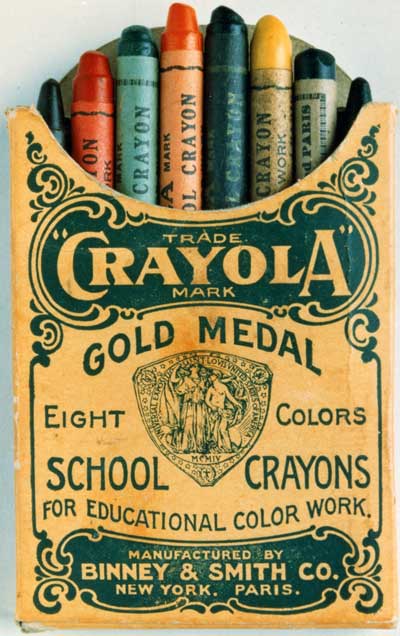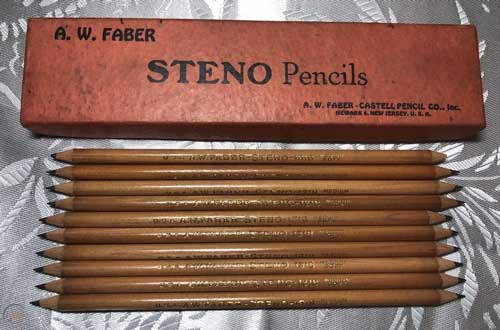In the majority of states, the kids are back in school. This year feels like it has passed in warp speed.
My “kids” are adults now but I began thinking about some of the supplies I used in school and even those that go back decades and how desirable they are today. The same applies to vintage office items. Several years ago I purchased a portable manual typewriter with the full intention of giving it to my grandchild until I began researching it and found out what I could sell it for. I currently have another one that is for sale.
I always enjoyed shopping for school supplies even when I was shopping for supplies for my daughters. Before technology became the norm in schools my daughters and I could spend more than an hour at the office supply store browsing all of the ink pens, markers, cool spiral notebooks, binders, and tape. Yes, tape. Have you recently looked at the variety of colors of adhesive and duct tape? I can still spend an hour at the office supply store looking for unique items. I primarily write with an ink pen, the style that takes a cartridge and I adore my quill “pen” which requires a bottle of ink to dip the pen tip in.

A box of Binney & Smith crayons. (Images courtesy of the author)
In the 1800s children wrote on slates with chalk. The slates typically measure 4×6 and may have a wood frame around the exterior. It can be difficult to determine the age as they are still being made and people will “age” the frame on a new slate. If you happen upon an old one, it will sell in the $10 to $15 range.
An early 1900s box of crayons made by Binney & Smith containing only eight crayons will sell for $300 to $400 depending upon condition and wear to the crayons. Beware, the boxes are being reproduced so you need to look at the wrapper around each crayon for age appropriate signs of wear. Another crayon name to keep an eye out for is “Rubens.” This brand is getting very hard to find and I could not find any that had been sold publicly in the past 12 years to even come up with a resell price.
Most of us learned to write with a pencil, ye olde #2. Nicolas-Jacques Conté is considered to be the grandfather of the pencil. During the French Revolution there was a shortage of graphite, Conté was tasked with coming up with a substitute. He eventually created a rectangular shaped writing tool by roasting a mixture of water, clay, and graphite in a kiln. He then shaped the mixture dependent on where they would be used, for example carpenters needed a pencil that would not roll. His innovation became known as Crayons Conté. The style is still being made and the composition has not deviated much from the original recipe. Finding an original square Crayons Conté would not be an easy task. If you happen to come across one in an old desk it would need to be carbon dated and if proven to date from Conté’s time I suspect that interest in it would be great and the auction price would top six digits.
The inventors of the #2 pencil were the author Henry David Thoreau and his dad. In the 1820s they erected a pencil factory in New Hampshire. It was in this factory that they created a graphite pencil that was less brittle and did not smear when used on parchment. They laid new groundwork by offering several pencils from #1 being the softest to #4 which is the hardest. Despite all of the technology available to us today the #2 pencil is the gold standard in classrooms all over the country.
Stay tuned for part II of this column next month, in which we will explore more antique school supplies.

Faber steno pencils.
*All prices given are for sale in a private sale, antique shop, or other resale outlets. Price is also dependent upon the geographic area in which you are selling. Auction value, selling to a dealer or pawn shop prices are about ½ or less of resale value.
Michelle Staley is a Lenexa, KS-based dealer and researcher with 35 years of experience in the antique trade.
Send questions with photos to Michelle at michelle@discovervintage.com or TXSmichelle@gmail.com. Please keep queries to one question; questions without photos of the item may not be answered. There is no guarantee that your question will be answered or published.
Michelle is also available for consulting and extensive research work beyond this column. If you would like an appraisal on an antique or collectible please go to www.michellesantiqueappraisals.com for a one-on-one appraisal. Please note new web address.

